Articles > Geography
There are over 300 different pairs of country borders on World Country Borders. Knowing the shortest ones can help you on World Shortest Borders By Country Challenge. Here are the 10 shortest pairs of country borders by total shared length (man-made included).
Malaysia – Singapore: 0.025 km
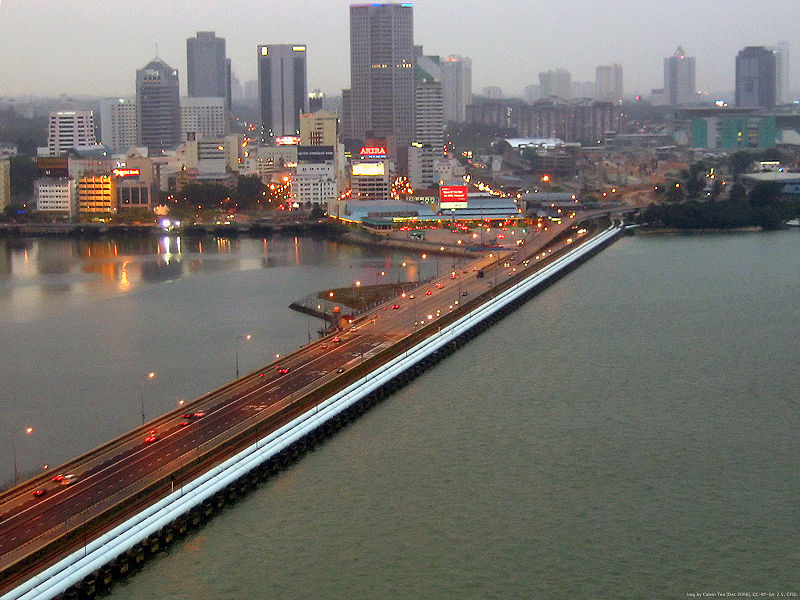
The Malaysia-Singapore border, the shortest in the world, spans just 25 meters, largely due to the Johor-Singapore Causeway and Tuas Second Link bridge connecting the two nations. This narrow border sits across the Strait of Johor, with the Causeway serving as a critical lifeline for trade, transport, and tourism between Malaysia and Singapore. Despite its brevity, this border sees significant daily traffic, playing a crucial role in the economies of both countries. Historically, Singapore was part of Malaysia until 1965, which has led to strong cultural and economic ties. This short land border is complemented by strict customs and immigration controls, ensuring security and smooth operations amid high-volume crossings.
Botswana – Zambia: 0.1 km
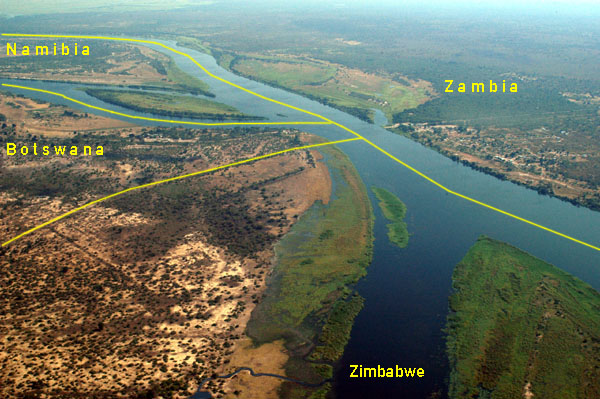
At just over 100 meters, the Botswana-Zambia border is the only point where these two African countries meet. The Kazungula Bridge, opened in 2021, has transformed this crossing over the Zambezi River. Previously, travelers relied on a ferry service, which was less efficient and often congested. The bridge has fostered smoother trade and travel in this region, which serves as a significant conduit for goods within the Southern African Development Community (SADC). The Kazungula crossing also borders Zimbabwe and is near Namibia, creating a unique quadripoint area where the borders of all four nations come close to intersecting.
Bahrain – Saudi Arabia: 0.3 km
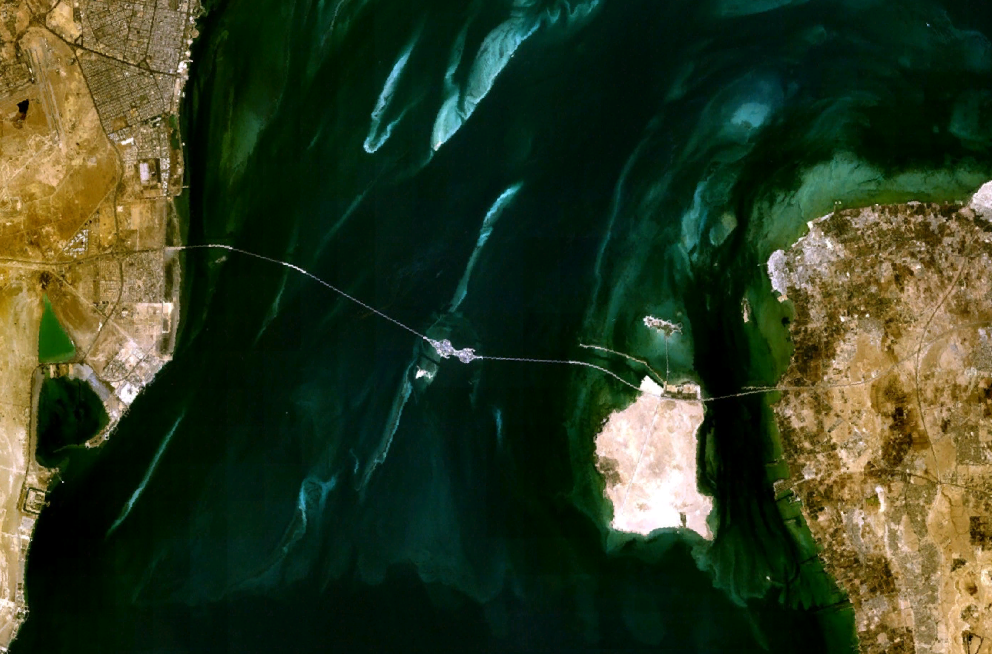
The 300-meter border between Bahrain and Saudi Arabia is bridged by the King Fahd Causeway, which spans 25 km across the Persian Gulf. This short but strategic border was completed in 1986, linking the island nation of Bahrain to mainland Saudi Arabia. As a critical connection between the two countries, the causeway facilitates economic activity, particularly in oil, and allows the movement of citizens and residents for work, shopping, and leisure. The border crossing on the causeway is tightly regulated, and Saudi Arabia’s customs and immigration checks are located mid-way on the artificial island of Al Jasra, ensuring efficient travel and trade.
Spain – United Kingdom (Gibraltar): 1 km

The border between Spain and the United Kingdom’s territory of Gibraltar stretches just 1 km along Gibraltar’s northern edge. This border is politically sensitive, with Spain and the UK both claiming sovereignty over Gibraltar. Despite this, the border remains open, allowing thousands of people to commute daily. Gibraltar, while small, is strategically located near the entrance to the Mediterranean Sea, giving it geopolitical significance. British and Gibraltarian forces manage this border, while Spanish customs oversee the other side. Due to its compact size, the border is walkable, and visitors can quickly travel between Spain and Gibraltar.
Canada – Denmark (Hans Island): 1.28 km

Canada and Denmark share a 1.28 km border on the uninhabited Hans Island, situated in the Nares Strait between Greenland (a Danish territory) and Canada. For years, both countries claimed the island, but in 2022, an agreement divided it in half, making it a symbolic display of peaceful negotiation. This border is notable for its friendly nature, with both countries often exchanging flags and alcohol during territorial displays before the agreement. The border has no customs or controls, as the island remains largely unvisited. The resolution of this dispute highlights international diplomacy and sets a peaceful precedent for similar territorial disagreements.
Italy – Vatican City: 3 km

Encircling the independent Vatican City, Italy’s border with the smallest country in the world spans just 3 km. Vatican City is a landlocked enclave within Rome, serving as the headquarters of the Catholic Church and residence of the Pope. Though technically a border, no formal checkpoints exist, allowing free access to most areas. St. Peter’s Square, a significant gathering site, sees millions of pilgrims and tourists annually. Italy provides essential services to Vatican City, including security, while the Swiss Guard offers internal protection. The Vatican’s unique location and spiritual significance make it an exceptional border globally.
France – Monaco: 6 km
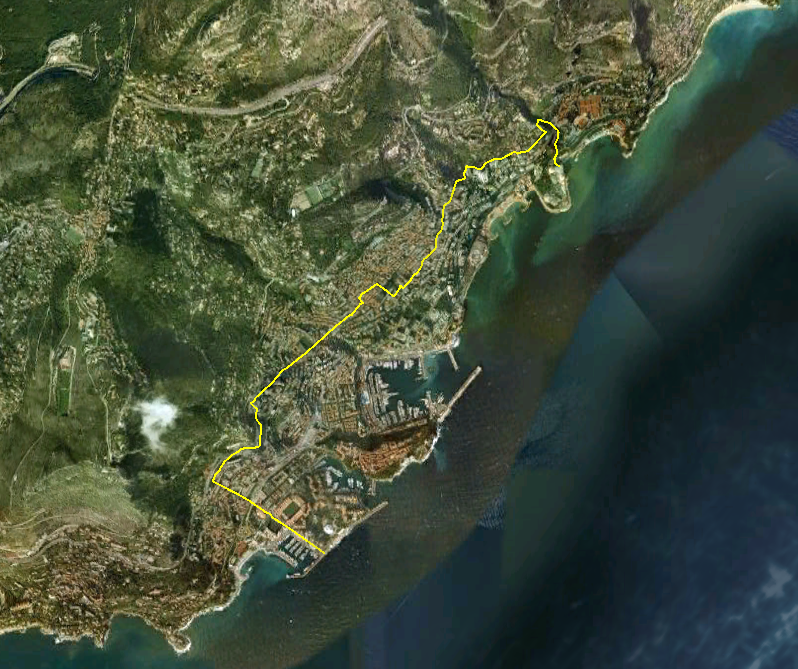
France surrounds the Principality of Monaco, with their border extending 6 km along the Mediterranean coast. Monaco, one of the world’s smallest and wealthiest nations, is famous for its casinos, luxury real estate, and the Grand Prix. Despite its limited land border, Monaco is closely tied to France, sharing customs, defense, and even currency policies due to its dependence on French infrastructure. Border checks are generally relaxed, allowing free movement between the two countries. This seamless integration with France underscores Monaco’s unique standing as a microstate dependent on its larger neighbor.
France – Netherlands (Sint Maarten/Saint Martin): 10 km
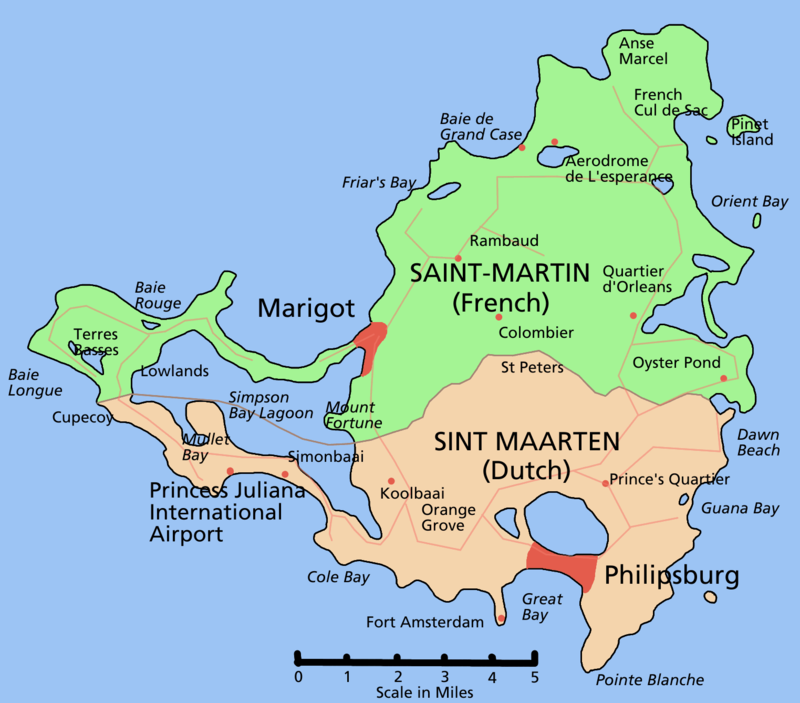
The 10 km border between the French Saint Martin and Dutch Sint Maarten divides a single island in the Caribbean, the smallest landmass shared by two nations. This border has no physical barriers, reflecting centuries of peaceful coexistence. Established in 1648, the border allows easy movement, and the island operates with dual cultural influences, reflecting both French and Dutch customs. Each side maintains its governance, currency, and laws, but people move freely between the two halves. Known for tourism, the island showcases an intriguing blend of European and Caribbean heritage.
Egypt – Palestine (Gaza Strip): 13 km
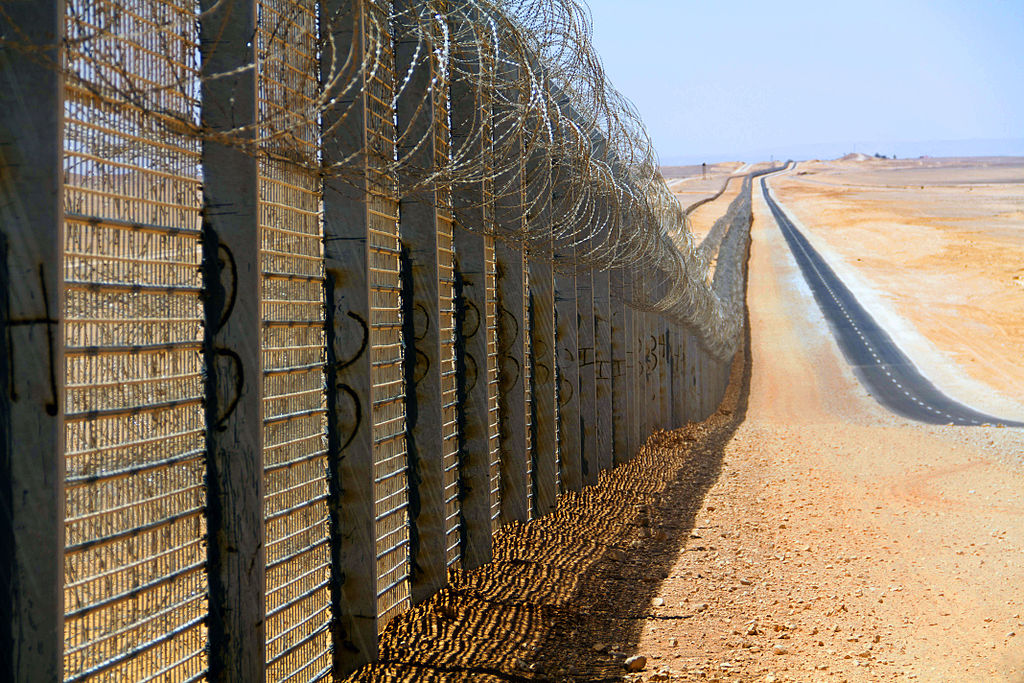
The Egypt-Palestine border spans 13 km along the Gaza Strip, connecting the Palestinian territory with the Egyptian Sinai Peninsula. This border is essential for Gaza’s residents, as it provides a critical exit to the outside world. The Rafah border crossing, the main passage, is subject to Egyptian restrictions, often affected by security concerns and political situations. Egypt’s control over this border has significant humanitarian implications, as access to medical, food, and other essential resources depends on Egypt’s policy. This border reflects the complex political dynamics in the region, where movement is restricted and regulated closely.
Morocco – Spain (Ceuta and Melilla): 16 km

The 16 km border between Morocco and Spain consists of two enclaves, Ceuta and Melilla, located on Morocco’s northern coast. These Spanish territories are separated from mainland Spain by the Mediterranean Sea but are physically on African soil. They represent Europe’s only land borders with Africa and are heavily fortified to control migration. Both enclaves face ongoing geopolitical issues, as Morocco claims sovereignty over them. Ceuta and Melilla are highly patrolled and have security walls, aiming to prevent unauthorized entry. They highlight complex issues surrounding immigration and European-African relations.




